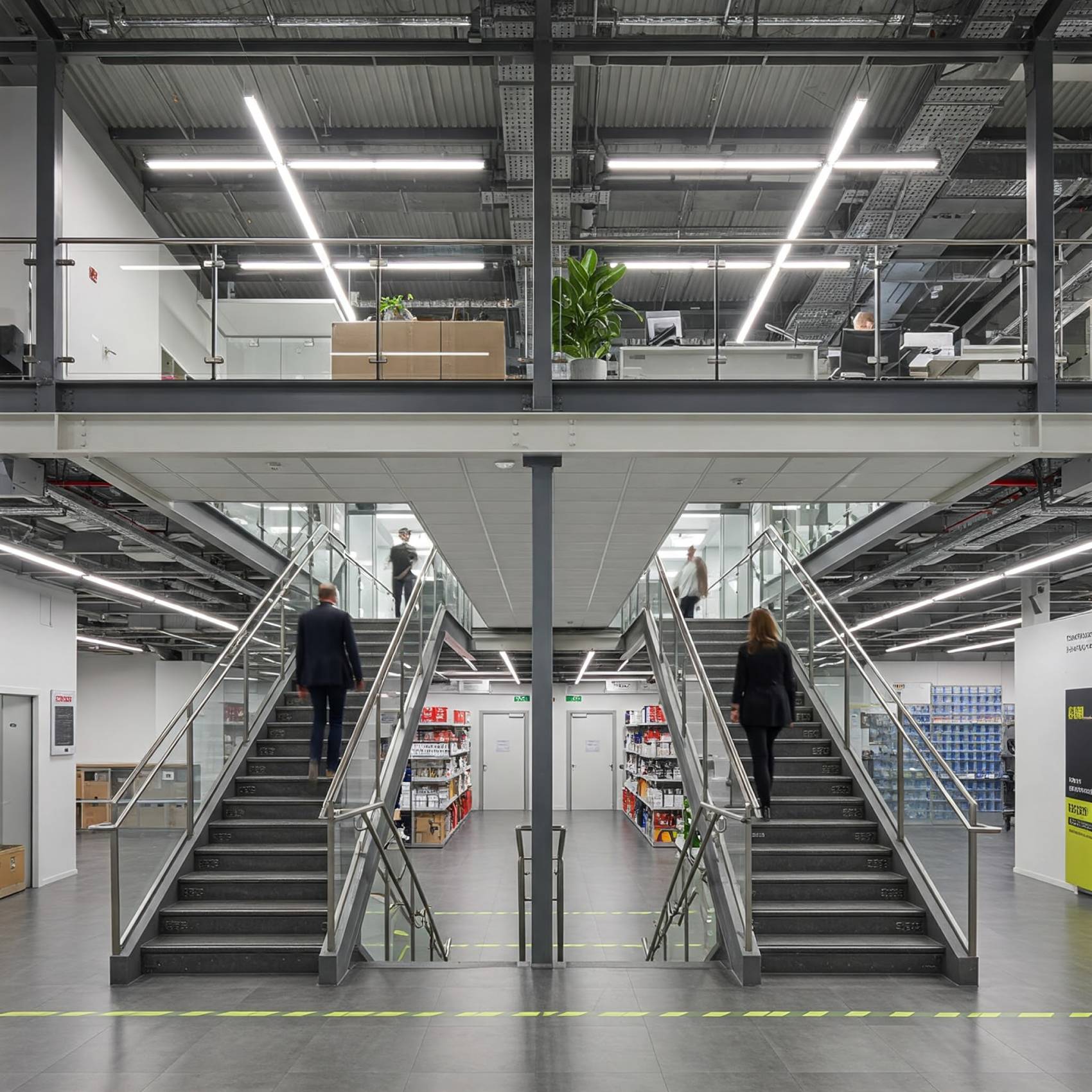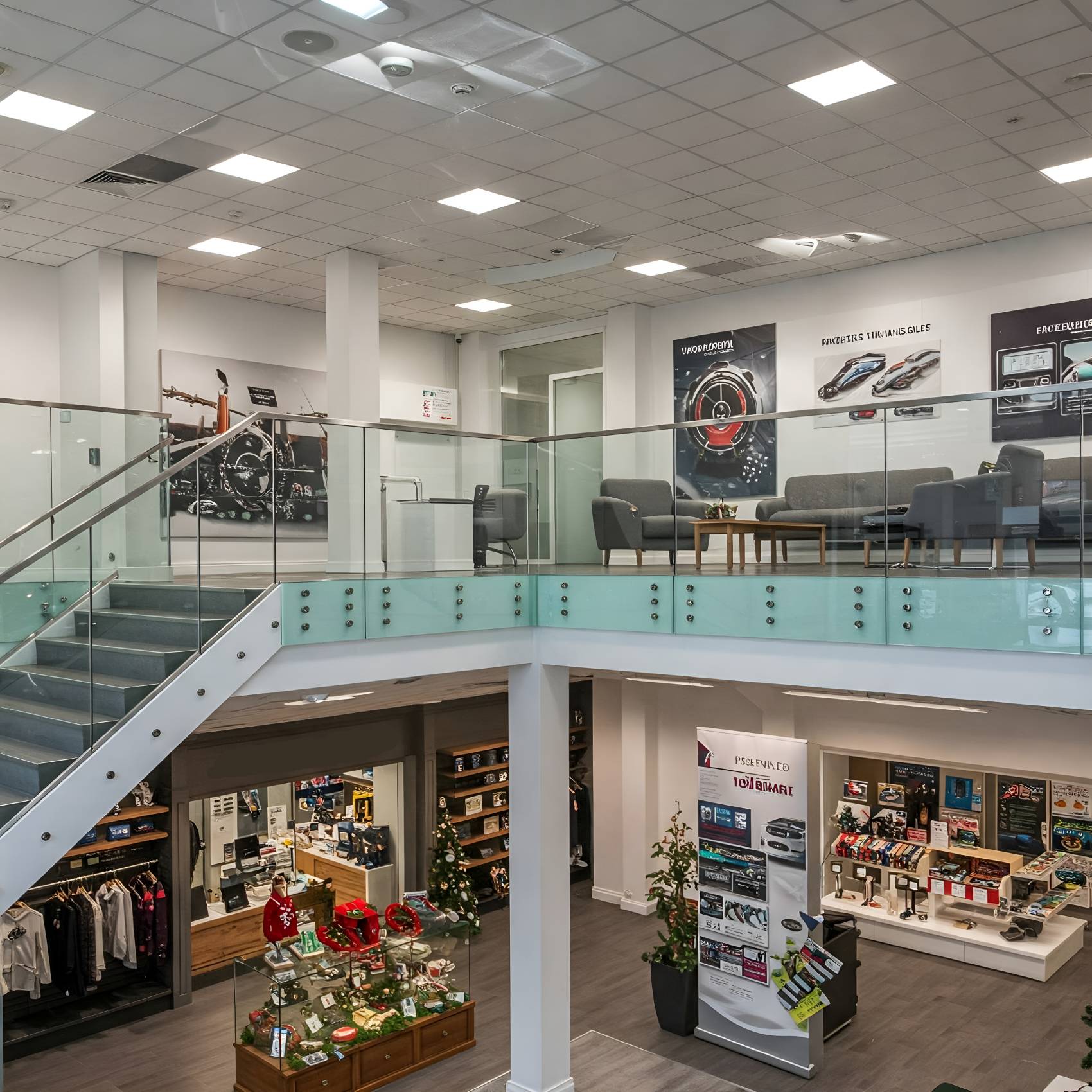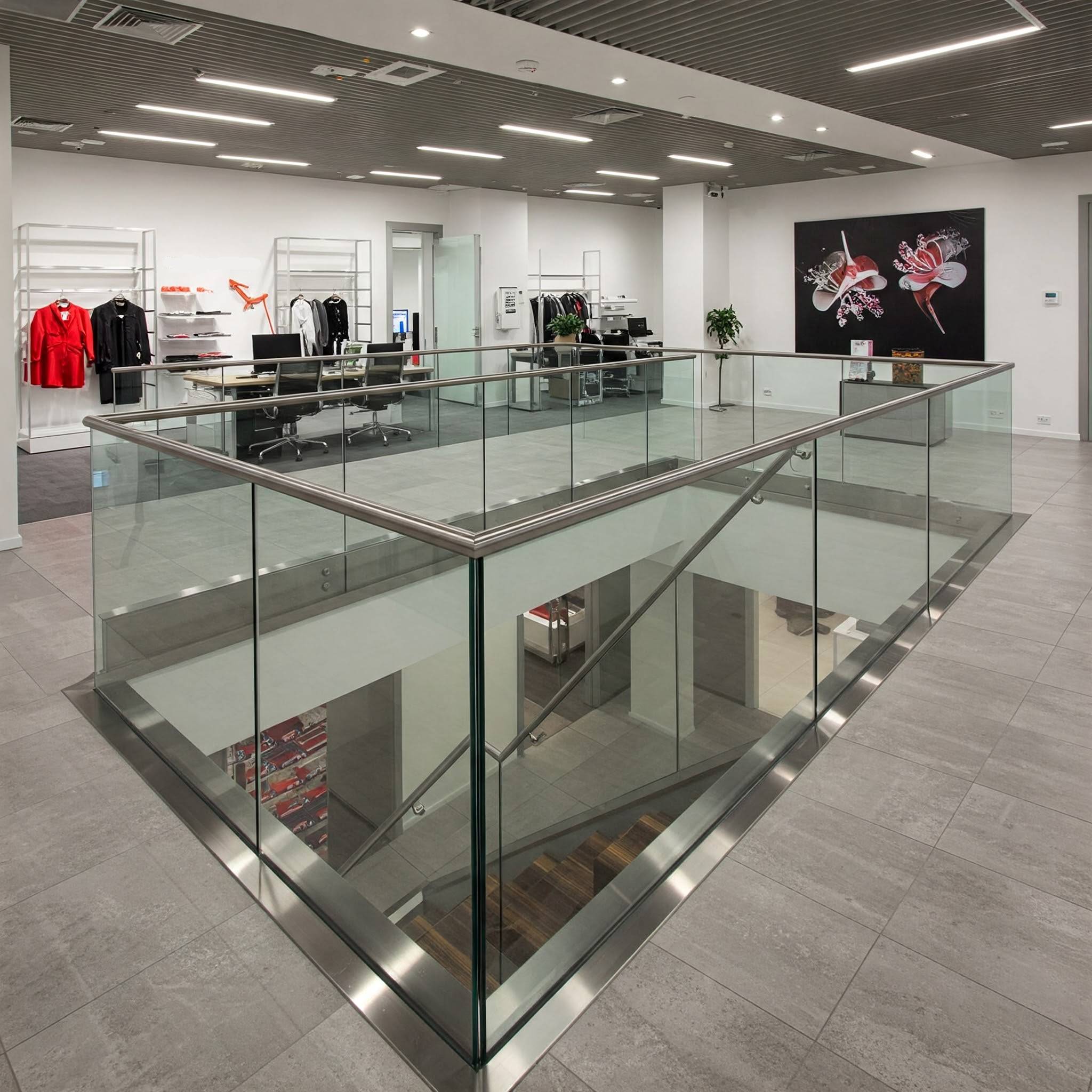Retail Mezzanine Floors: Design and Installation
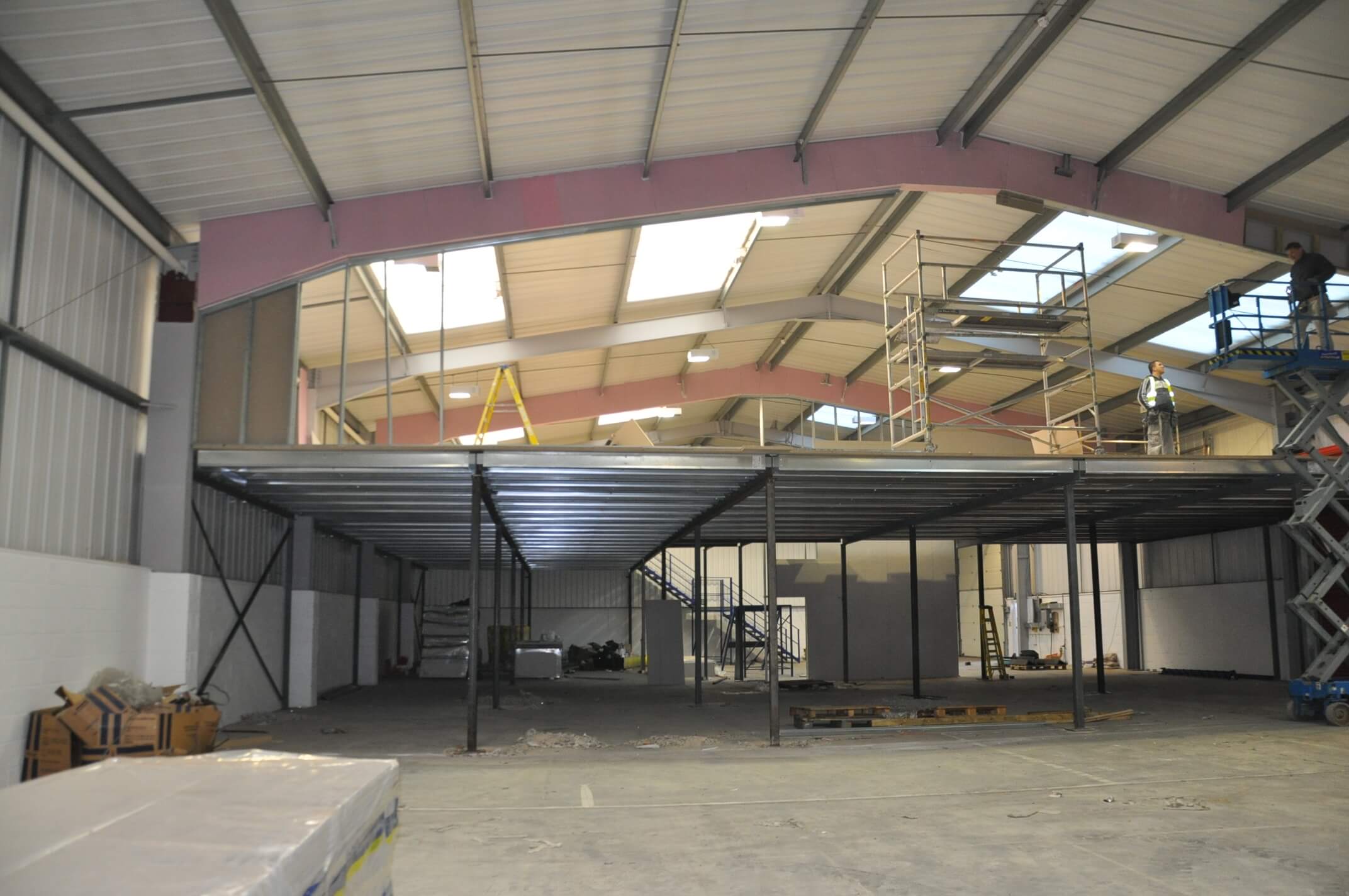
A retail mezzanine floor is a semi-permanent, upper-level floor that adds additional retail or workspace to your current ground floor store. Depending on your space and requirements, it can be single or multi-tiered and can be accessed through stairs, lifts, or conveyors. Retail mezzanines have become a common sight in physical shopping malls as a cost-effective alternative.
Retailers can include more product displays, add extra storage, or provide customer amenities like changing rooms, WCs, or even a cafe on the same surface area. In fact, the mezzanine floor increases the retailers’ space utilisation by allowing them to make greater use of the entire cubic area.
Mezzanine Designs
Mezzanine floors are beneficial to retailers who wish to showcase more products and increase sales. You may improve customer service and save money by adding more floor space instead of using standard expansion methods.
Mezzanines come in several design styles, with the majority of them accommodating the most common construction types. Their designs could vary depending on the usage. Free-standing mezzanines and rack-supported mezzanines are two main design types to choose from, depending on the use and characteristics of the available space. These are commonly utilised for café mezzanine flooring and restaurant mezzanine flooring.
Let’s have a look at various designs of mezzanine flooring.
Free-standing Mezzanines
Free-standing mezzanines, which are supported by columns rather than existing buildings or racks, provide for the most efficient use of floor space and full usage of the mezzanine level. Column spans of up to 40 feet and more are available for free-standing mezzanines.
Lighting, sprinkler pipe, electrical conduit, and HVAC ductwork can all move under or through the structural framework in mezzanine framing designs. Eventually, removing the above impediments and also increasing the usable area on the ground floor. The cantilevered mezzanine framework allows for a tailored fit around building columns, conduit, ducting, and other obstacles. In the case of an equipment layout change, free-standing mezzanines provide maximum flexibility, as opposed to rack- or shelving-supported mezzanines, which require the entire system to be changed.
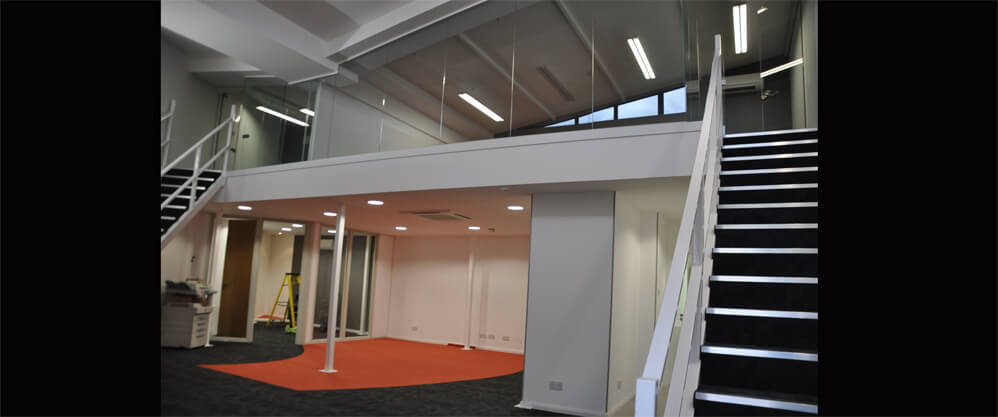
Mezzanine With Shelves
Shelving or rack-supported mezzanines have shelves or racks that support them completely or partially. The mezzanine’s support racks and shelves are usually close together.
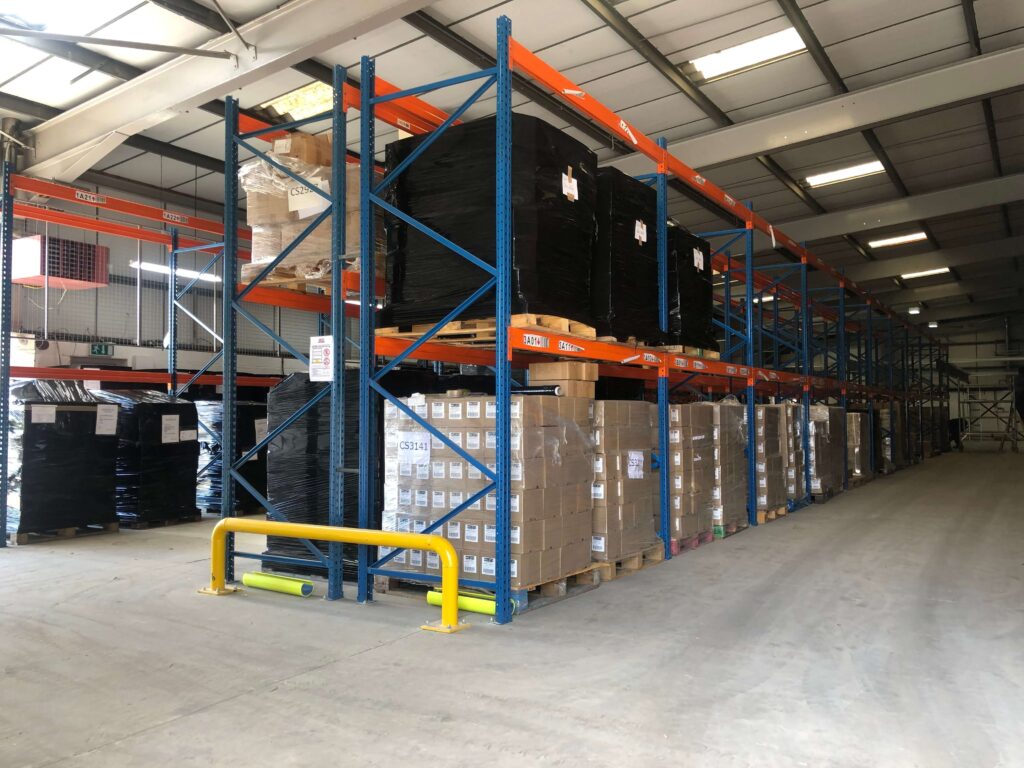
Catwalk Mezzanine Flooring
Catwalk mezzanines are great for expanding the capacity of tall shelving or rack storage areas by allowing access to the upper levels of the racks via catwalks that extend from the mezzanine floor. In many circumstances, the mezzanine frame can be supported by existing shelving uprights. Support columns can be utilised to give additional support between shelves and below areas of the mezzanine that are not covered by racks or shelves if needed.
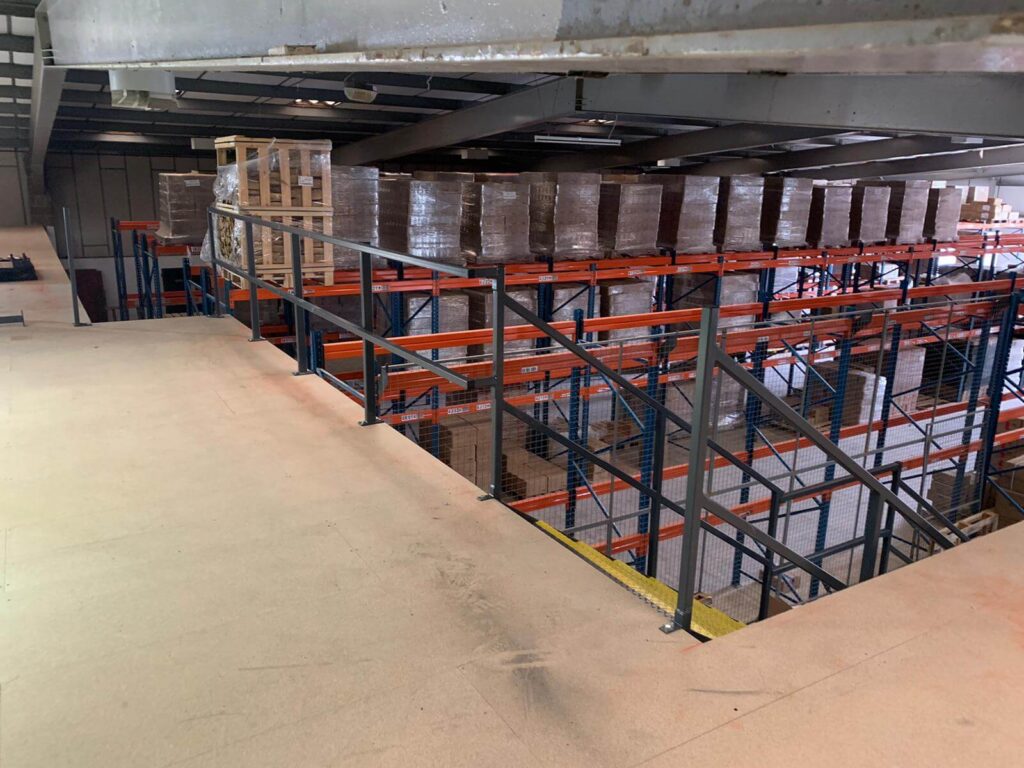 Complete Mat Style
Complete Mat Style
Full mat mezzanines combine the finest features of both freestanding and catwalk mezzanines and are typically supported by existing shelving or rack uprights that do not extend over the mezzanine floor. The open area on the second level can be utilised for bulk storage, office space, employee cafeterias, and a variety of other uses. Over existing shelving or rack uprights, full mat mezzanines can be constructed.
Installation
One problem for organisations constructing a mezzanine floor is the revenue loss that may occur while the floor is being constructed. Most of the time, your store will not have to close during the process. The client’s requirements will be included in the mezzanine floor design plan, ensuring that construction work is completed within their restrictions. The length of time it takes to build and install a mezzanine depends on its size, accessibility, and detailing.
What Are The Benefits Of A Retail Mezzanine?
The cost of retail space is high. Expansion into adjacent retail premises is not only an expensive fit-out project, but it also comes with the extra cost of rent and other charges. Modern, purpose-built retail parks and shopping centres are designed to be open and airy, which means that most of the building’s area is not utilised properly, wasting space that could be earning money for your company.
An additional level can free up space for more departments or concessions, cafes, and coffee shops to attract more consumers, or simply open up crowded areas to make your space safer and more enticing to customers to navigate. Hence, constructing a mezzanine above your retail warehouse can boost efficiency.
Expanding stock holding capacity can also save time and money, especially for seasonal enterprises that pay a premium for off-site storage or extra deliveries that complicate logistics planning and may result in missed sales.


